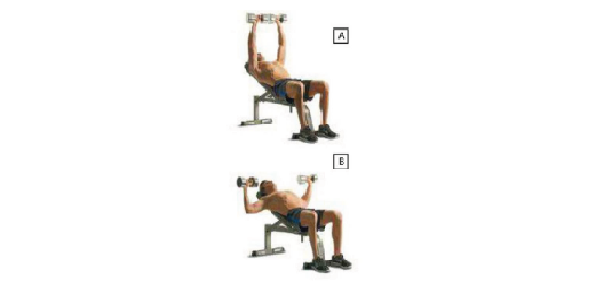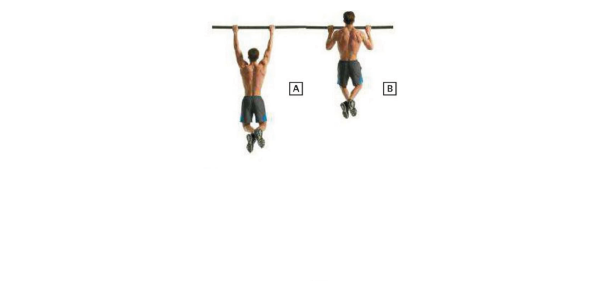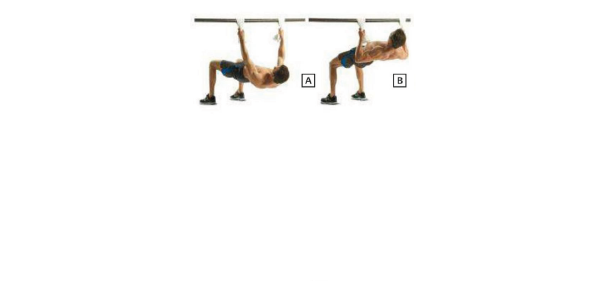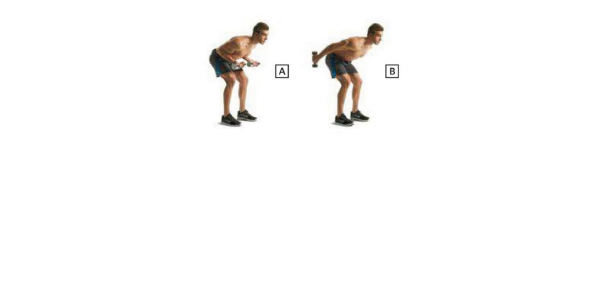Strength Training With Free Weights
Free weights include both dumbbells and barbells. Many veteran exercisers consider free weights to be the "gold standard" of strength training.Free weights "simulate real-life lifting situations and promote whole-body stabilization," according to Dr. Edward Laskowski, a physical medicine and rehabilitation specialist at the Mayo Clinic.
In addition, free weights tend to work several muscles at the same time within a given exercise. By contrast, a machine exercise is more likely to isolate one specific muscle.
However, free weights also have drawbacks. When lifting a barbell or dumbbell, the amount of resistance on the muscle remains constant throughout the exercise.
During a joint's range of motion, there are points where the muscle is weaker than at other points. As a result, the amount of overall weight that can be lifted in a free-weight exercise is limited by the muscle's strength at its weakest point.
Also, unlike machines – which guide and restrict the range of the exercise – free weight exercises allow for a free range of movement. Using poor lifting techniques or failing to use a spotter during difficult exercises can lead to both minor and serious injuries.
Strength Training With Machines
Weight machines operate on a system of cables, pulleys, straps, pin-loaded weight stacks and fixed-lever arms. Examples include Nautilus and Cybex machines.One of the biggest advantages of machines is that they are easier to use. Machines are designed to guide the exerciser through the proper motion. In this sense, machines may be "safer," particularly for beginners, because they are built to encourage proper technique.
Weight machines also vary the resistance throughout the range of motion in the exercise. So, machines eliminate a major drawback of free weights – that the amount of weight lifted is limited by the muscle's weakest point in a joint's range of motion.
However, weight machines also have disadvantages. Some people find their body type is not well-suited to the design of a given machine. They may be too short or too tall to comfortably use that pullover machine as part of their workout.
Also, an improperly maintained machine can lead to snapped cable or other breakdown that results in serious injury.
Which Weight Training Method is Better?
So, which method is better? For beginners, machines are usually the better choice. They are both easier to use than free weights and less likely to result in injury.After mastering machines, many who pursue more ambitious fitness training goals will want to move on to free weights, which may offer the opportunity for increased strength gains and greater workout flexibility.
However, exercisers who simply want their muscles to get bigger and stronger will find benefits in using either machines or free weights.
As Certified Strength and Conditioning Specialist Jeffrey McBride states, "The important factor is to provide sufficient overload to the muscle by lifting heavy weights." In other words, make sure to lift enough weight to give those muscles a good workout.
Laskowski and others also emphasize that when it comes to strength training, using proper technique is far more important than the choice of method or equipment.
For this reason, it is best to consult a personal trainer or other expert before beginning any weight training program.




















0 comments:
Post a Comment